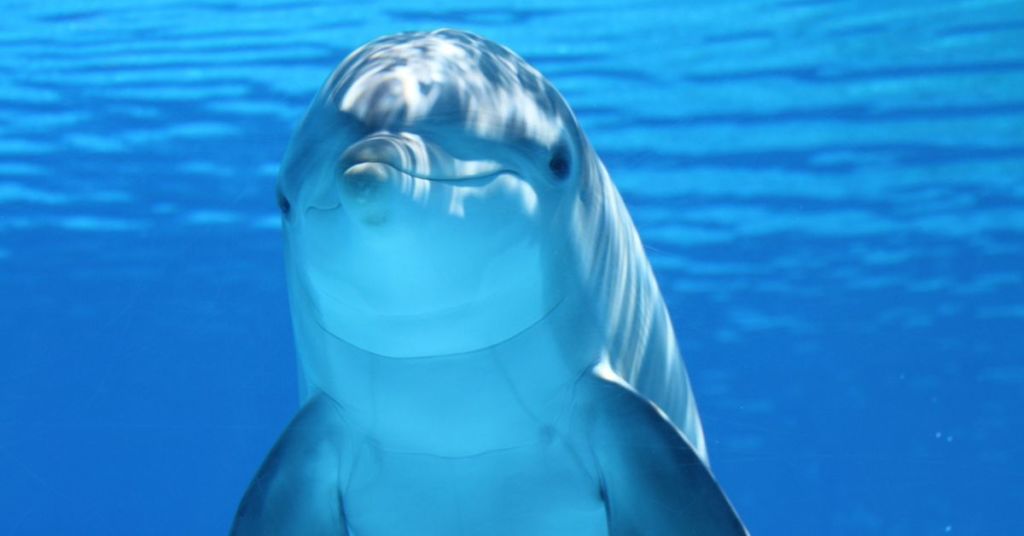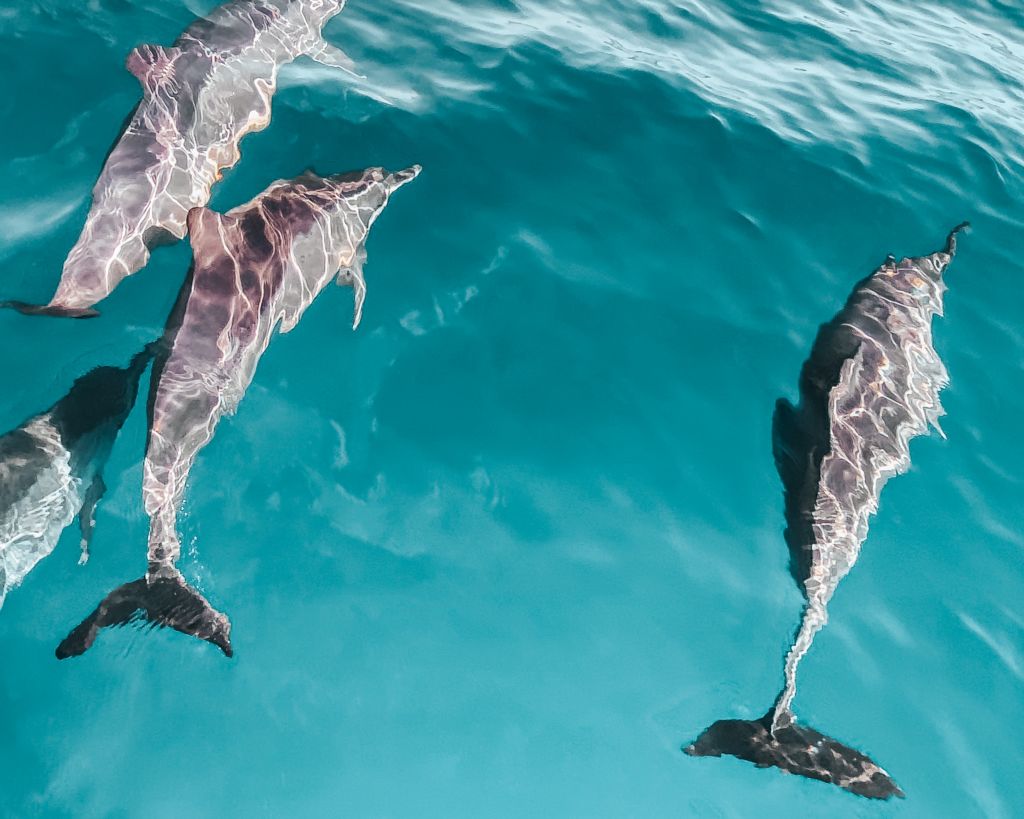Malta’s Dolphins Are Better Off Living In The Wild Than In Captivity – Here’s Why

Dolphins are beautiful and playful mammals that often frequent various hot spots in our waters, with Malta hosting a population all year round.
The most common dolphin found in the Mediterranean sea, is the bottlenose dolphin, one of the best-known cetaceans and often seen held captive in marine parks all over the world.
In collaboration with Ecomarine Malta with help from Animal Liberation Malta, Lovin Malta spoke to Francesca Soster and Patrizia Patti, to hear more about dolphins’ lives out in the wild – and why this is much better than captivity.
1. Speed and space
Bottlenose dolphins are mainly known to inhabit coastal waters, and they can also be found in oceanic waters.
“Coastal bottlenose dolphins can be residents of an area, which means that they can occur in the same area for many years, even permanently, and move around within ranges that span tens to hundreds of kilometres of coastline, depending on the food availability,” Soster explained.
“However, the long-distance movement has been reported in different parts of the world, reaching more than 600 km, sometimes due to changes in the environmental conditions.”
It goes without saying that if a dolphin is in captivity, it most definitely cannot reach these types of long distances.
“In 2020 a bottlenose dolphin made the longest recorded movement for its species in the Mediterranean Sea, travelling across the Tyrrhenian, Ionian and Adriatic Seas for a minimum of 1200 km,” Soster explained.
Travel is said to be fundamental in the life of dolphins, and dominates the majority of their waking time during a day. Oceanic dolphins can even travel between 30 to 90 kilometres per day!

2. Life in the pod
Like humans, bottlenose dolphins are extremely social beings and tend to inhabit relatively complex societies. Typically found in groups of two to 15 dolphins, these pods tend to be even bigger in offshore waters, and smaller in coastal waters.
“Groups of dolphins are most often defined by age and sex but are usually quite fluid and dynamic. Dolphins constitute well-organised social groups in which the individuals are in constant touch with one another through physical contact, sounds and vocalizations,” Soster said.
“Reproductive conditions, familial relationships, and affiliations also play an important role in determining the composition of the groups.”
Calves also tend to develop a very strong bond with the mother and remain in close proximity with her, even after no longer requiring to be nutritionally dependent.
“This happens because the calf keeps learning how to integrate into the group, how to develop social relationships and how to protect from predators until it’s ready to go its own way.”

3. Natural-born hunters
When dolphins are kept in captivity, it compromises their natural ability to hunt, due to finding food readily available by their captors.
“In their natural environment, bottlenose dolphins use different feeding techniques depending on various aspects, including the habitat and type of prey. By taking advantage of the available food in the wild, they adapt their methods and develop innovative strategies passed on to the next generations,” Soster explained.
“They can also use herding strategies, by taking advantage of natural barriers or strike the prey with the use of their tails.”
“Wild dolphins may also interact with human fishing activities in some areas of the world by taking advantage of easier food sources and cooperating with fishermen.”
“Food provisioning by humans has been demonstrated to have an impact on the behavioural development of calves, therefore affecting their survival,” she said.
This is just the first article from a series of articles together with Ecomarine Malta and Animal Liberation Malta.
Share to raise awareness about dolphins
